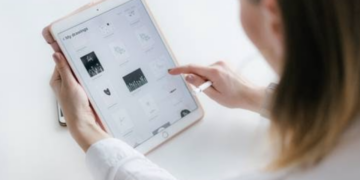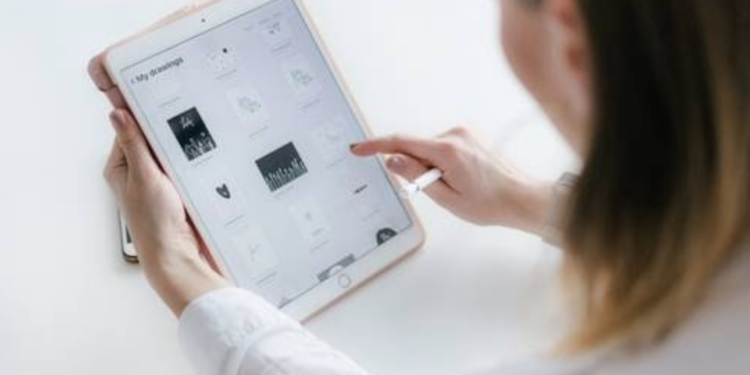Countries around the globe are struggling to fight the coronavirus pandemic, and it’s clear that many world leaders are failing to protect their citizens. That said, some nations have taken bold steps to stop the spread, and healthcare providers themselves are doing incredible work both in the United States and in many other countries.
While the pandemic has tragically killed hundreds of thousands of people over the last six months, telehealth and a variety of other technologies and practices have saved countless others. In this article, we’ll take a look at a few of the key effects of telehealth in the fight against COVID-19. Don’t forget to check out the Blue Label Labs website to learn more about integrating telehealth into your mobile app.
Improving Access
Universal access to care is fundamental to a successful public health system. Access is a particularly challenging issue in the United States, the only developed country without some form of universal healthcare. In fact, more than 5 million Americans have lost coverage since the pandemic started.
With that in mind, it’s no surprise that telehealth is playing a critical role in keeping patients connected with their doctors outside of the clinic. Avoiding care due to financial difficulties is a relatively common practice in the US, so making it easier to get help will have an immediate impact on outcomes.
Protecting High-risk Groups
Along with the financial benefits, offering telehealthcare allows people to get the treatment they need without exposing themselves to COVID-19. Telehealth has been vital to healthcare since its inception, but it has become more relevant than ever in the light of the novel coronavirus.
New mothers, for example, can infect newborn children if they contract COVID-19. That makes it extremely important to help them maintain social distance without compromising the quality of care. The same idea applies to other high-risk groups including the elderly and immunocompromised.
Providing Routine Care
Telehealth is producing incredible results for COVID-19 patients and many high-risk groups, but it is also being used to continue normal care for a variety of conditions. Many hospitals have reduced or even eliminated elective care during the pandemic, leaving Americans waiting for routine appointments and treatments.
Blood pressure issues, vein health, diabetes, and sleep apnea are just a few of the areas in which telehealth treatments can be effective. Aside from the coronavirus itself, treatment outcomes for other conditions are another major concern as hospitals turn their focus to COVID-19.
Telehealth has become more prevalent than ever in 2020 as COVID-19 has forced slow adopters to recognize its value. While the pandemic won’t last forever, healthcare providers will continue to lean on telehealth to improve care quality and access to treatment for a wide range of conditions.
Founder & Managing Partner of Trajectory Capital and CEO Trajectory ALPHA Acquisition Corp NYSE: TCOA.
Lifetime entrepreneur, mentor, Board Member obsessed with the infinite realm of possibility in the digital transformation of the world. Founder & Board Member TruVest, MainBloq. Board Member Beasley Media (NASDAQ: BBGI) Kubient NASDAQ: KBNT, Fraud.Net, Hoo.Be, MediaJel
















































